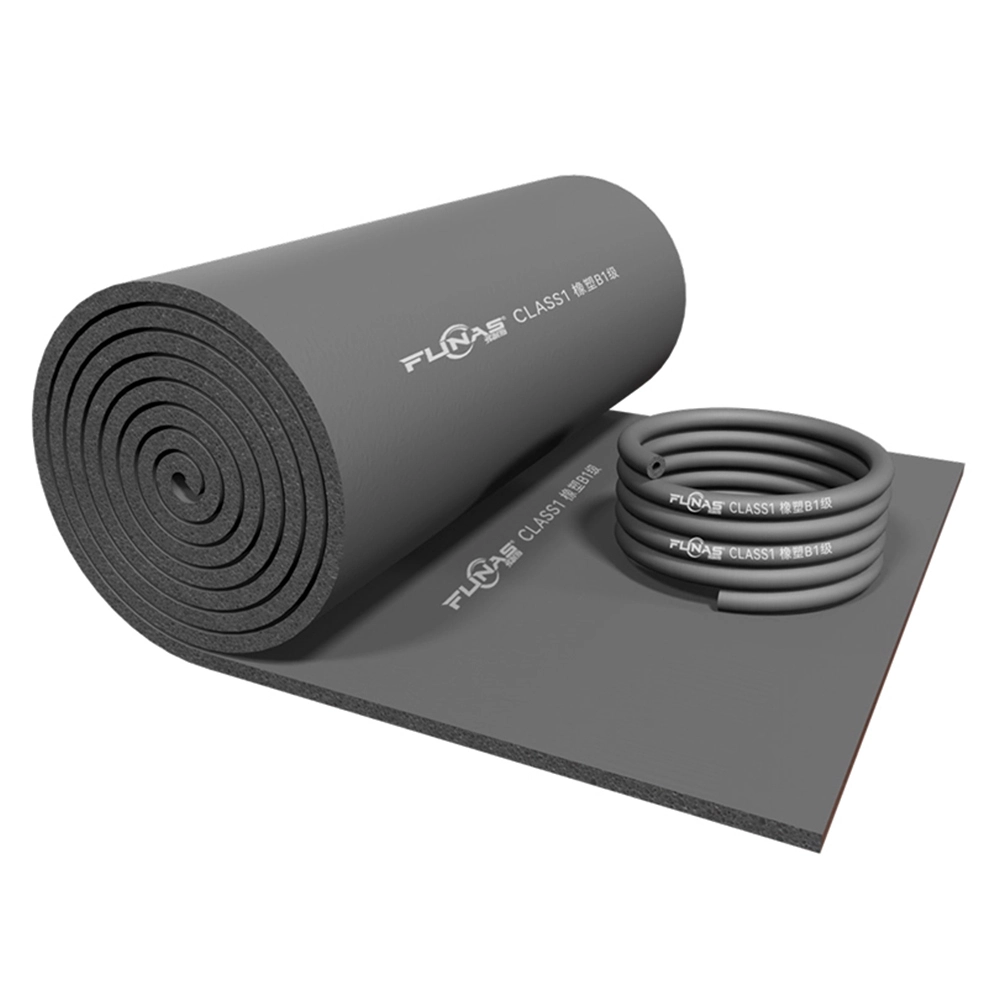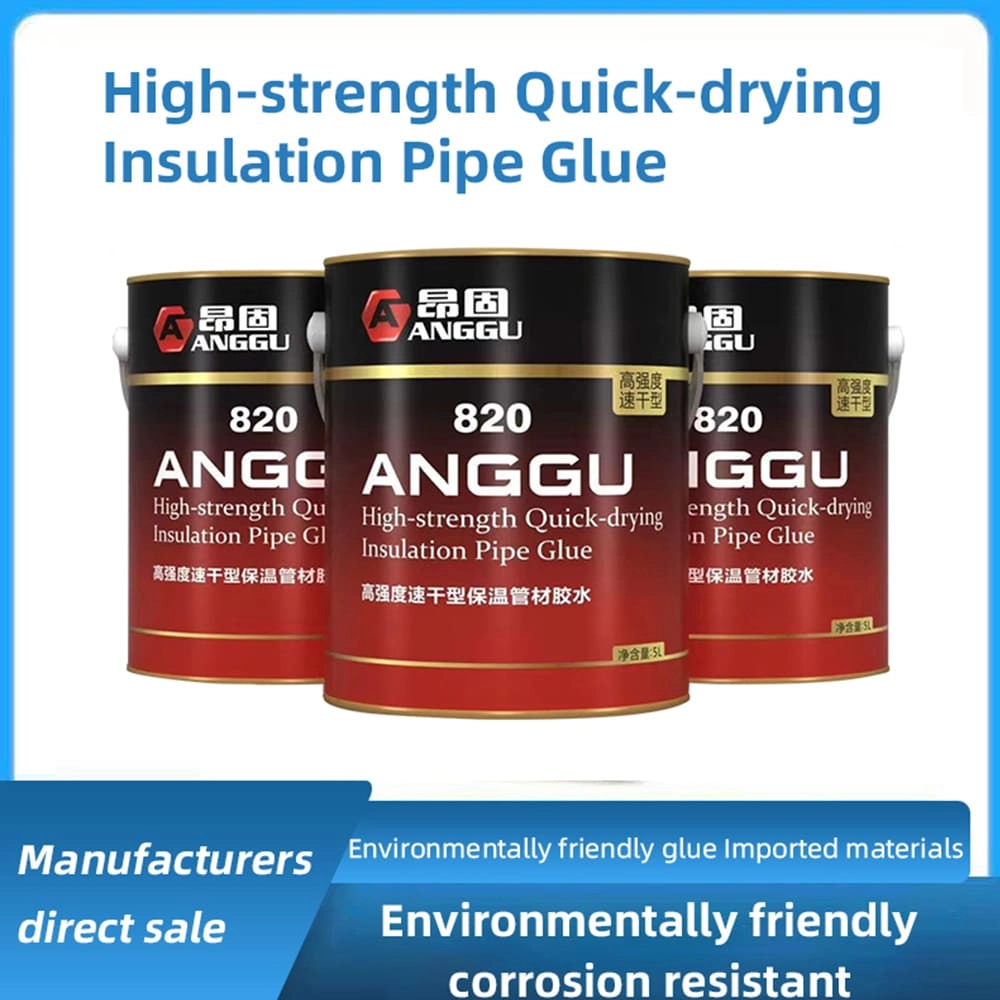how to figure how much insulation i need for walls | Insights by FUNAS
This guide provides essential information on wall insulation, including how to calculate insulation needs, types of materials, and installation methods, helping you make informed decisions for energy efficiency and comfort.
- Understanding Wall Insulation: A Comprehensive Guide
- 1. How Do I Calculate the Amount of Insulation Needed for My Walls?
- 2. What Are the Different Types of Wall Insulation Materials?
- 3. How Do I Install Wall Insulation Effectively?
- 4. What Are the Costs Associated with Wall Insulation?
- 5. How Do I Choose the Right Insulation Material for My Walls?
- Conclusion: Why Choose FUNAS for Your Wall Insulation Needs?
Understanding Wall Insulation: A Comprehensive Guide
Proper wall insulation is crucial for enhancing energy efficiency, reducing heating costs, and improving indoor comfort. This guide addresses common questions and provides expert insights into selecting and installing the right insulation materials for your walls.
1. How Do I Calculate the Amount of Insulation Needed for My Walls?
Calculating the required insulation involves determining the total wall area and selecting an insulation material with an appropriate R-value (thermal resistance). The formula is:
Total Wall Area = (Length of Wall) × (Height of Wall)
Required Insulation Thickness = Desired R-value / R-value per inch of chosen material
For example, if you have a wall measuring 10 feet by 8 feet and choose fiberglass batt insulation with an R-value of 3.5 per inch, and you desire an R-value of 21:
Total Wall Area = 10 ft × 8 ft = 80 sq ft
Required Insulation Thickness = 21 / 3.5 ≈ 6 inches
Ensure to account for any obstructions like windows and doors by subtracting their areas from the total wall area.
2. What Are the Different Types of Wall Insulation Materials?
Several insulation materials are available, each with unique properties:
Fiberglass: Composed of fine glass fibers, fiberglass is cost-effective and widely used. It offers an R-value of approximately 3.5 per inch and is available in rolls or batts.
Mineral Wool (Rock Wool): Made from natural or recycled minerals, mineral wool provides excellent fire resistance and soundproofing qualities. Its R-value ranges from 3.0 to 3.3 per inch.
Cellulose: Produced from recycled paper products, cellulose is an eco-friendly option with an R-value of about 3.2 to 3.8 per inch. It's often used in blown-in applications for retrofitting.
Foam Board (Rigid Foam): Available in materials like polystyrene, polyisocyanurate, and polyurethane, foam boards offer high R-values per inch, ranging from 3.6 to 6.5, and are suitable for areas with limited space.
Spray Foam: Applied as a liquid that expands into a solid foam, spray foam provides an airtight seal and high R-values, approximately 3.5 to 6.5 per inch, depending on the type.
3. How Do I Install Wall Insulation Effectively?
Effective installation is key to maximizing insulation performance:
Preparation: Clean wall cavities and remove any debris or old insulation.
Installation: Follow manufacturer guidelines for the chosen material. For batt insulation, ensure a snug fit without compression. For spray foam, consider professional installation for optimal results.
Sealing Gaps: Address any gaps or cracks to prevent air leaks, which can compromise insulation effectiveness.
Vapor Barrier: In areas with high humidity, install a vapor barrier to prevent moisture-related issues.
4. What Are the Costs Associated with Wall Insulation?
Costs vary based on material choice, wall area, and installation complexity:
Material Costs: Fiberglass batt insulation is generally the most affordable, while spray foam and foam boards are more expensive.
Installation Costs: Professional installation adds to the overall expense but ensures proper application and performance.
Energy Savings: Proper insulation can lead to significant energy savings over time, offsetting initial costs. For instance, retrofitting insulation in older homes can result in energy savings of up to £370 per year.
5. How Do I Choose the Right Insulation Material for My Walls?
Consider the following factors:
Climate: In colder climates, higher R-values are beneficial. In warmer climates, materials with good thermal mass may be advantageous.
Budget: Balance initial costs with long-term energy savings.
Environmental Impact: Opt for eco-friendly materials like cellulose or sheep's wool if sustainability is a priority.
Installation Method: Some materials are more suitable for DIY installation, while others may require professional expertise.
Conclusion: Why Choose FUNAS for Your Wall Insulation Needs?
FUNAS offers a range of high-quality insulation materials tailored to meet diverse needs. Our products are designed for optimal thermal performance, ease of installation, and environmental sustainability. With a commitment to customer satisfaction and energy efficiency, FUNAS is your trusted partner in creating comfortable and energy-efficient living spaces.
For more information on our products and services, visit our website or contact our customer service team.

The Ultimate Guide to Glass Wool Insulation 2026

Top 10 Foam Rubber Sheet Manufacturers for Insulation & More

Top 14 Rock Wool Panel Brands: Expert Guide for 2026

Top 10 Insulation Adhesives for Heat & Soundproofing 2026
FAQ
Can your insulation products be customized?
Yes, we offer customized solutions for insulation material wholesale to meet the specifications of your project, including custom specifications, sizes, foils and adhesives, colors, etc.
What types of rubber foam insulation do you offer?
We offer a wide range of rubber foam insulation with different thicknesses and specifications. Thermal insulation material manufacturer FUNAS sleeves and sheets are suitable for different application scenarios.
What is the typical delivery time for custom orders?
Our daily production capacity is 800 cubic meters. Delivery time varies depending on the complexity of the insulation material wholesale order, but we can deliver large quantities of customized products within 4-6 weeks after the approval date, and small quantities can be delivered within 15 days.
service
Can I request custom dimensions or properties for my insulation needs?
Yes, we specialize in custom solutions. Whether you need specific dimensions, thicknesses, densities, or additional coatings, we can work with you to manufacture insulation products tailored to your exact requirements of good materials for heat insulation.
You might also like

Black Rubber-plastic Tube Rubber foam pipe wholesale

Rubber Plastic insulation Material Glue

Wholesale Glass Wool Board Panel Sheet with or without aluminum foil
Premium glass wool board with excellent thermal insulation and sound absorption. Suitable for different construction needs.

wholesale black nitrile rubber foam sheet rubber NBR foam sheet rubber foam insulation sheet for hvac system
NBR and PVC are the main raw materials, which are softthermal insulation and energy-saving materials foamedthrough special processes.
Leave a message
Have any questions or concerns about our products? Please leave us a message here and our team will get back to you promptly.
Your queries, ideas, and collaboration opportunities are just a click away. Let’s start a conversation.


















































